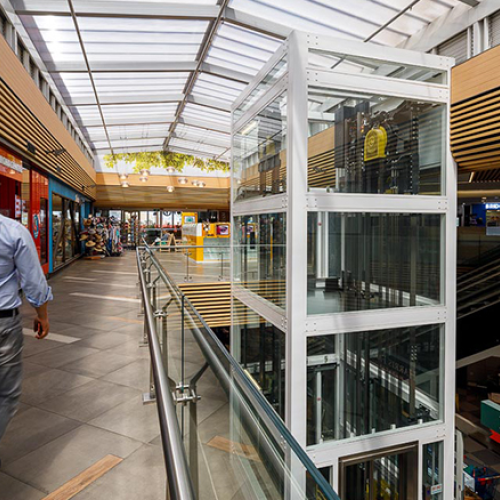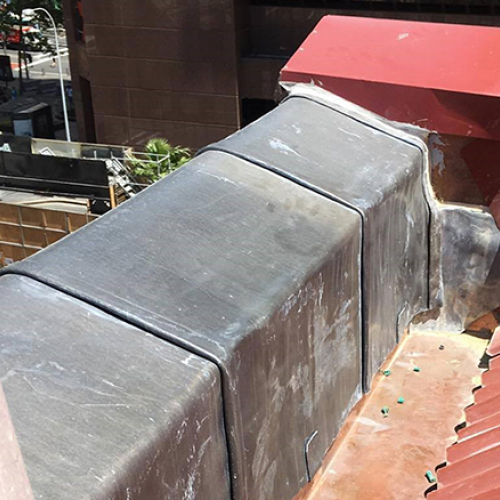Sydney, the vibrant heart of Australia, boasts a skyline adorned with strata buildings that symbolise modernity and urban living. These multi-story structures, with their multitude of apartments and commercial spaces, define the city’s landscape. However, beneath their gleaming facades lies a complex challenge – the need for strata remediation. This article will explore and discuss the challenges and opportunities that strata remedial builders in Sydney face in revitalising these iconic structures.
The Challenges:
- Ageing Infrastructure: Many strata buildings in Sydney were constructed several decades ago. As a result, they are prone to structural issues, water damage, and decay. Addressing these issues requires extensive expertise and resources.
- Strata Management: Coordinating repairs and maintenance in a strata building can be challenging. Strata committees must navigate complex decisions and funding arrangements, often leading to delays in remediation projects.
- Regulatory Compliance: Sydney has stringent building codes and regulations. Strata remedial builders must ensure that all work complies with these standards, which can be a time-consuming and costly process.
- Cost Constraints: Financing major remediation projects can be a significant hurdle for strata communities. Balancing the need for repairs with cost constraints often leads to difficult decisions.
The Opportunities:
- Improved Property Values: Strata remediation can significantly enhance the value of individual units and the building as a whole. A well-maintained strata property attracts higher demand and better resale values.
- Energy Efficiency: Remediation projects provide an opportunity to incorporate energy-efficient technologies. This reduces utility costs for residents and aligns with Australia’s sustainability goals.
- Modernisation: Strata remediation allows for modernisation and aesthetic improvements. Upgraded common areas, facades, and amenities can make the building more appealing to potential buyers and tenants.
- Enhanced Safety: Addressing structural issues and safety concerns ensures the well-being of residents and visitors. It also mitigates legal liabilities for the strata community.
Navigating the Path Forward:
Strata remediation in Sydney requires a collaborative approach. Strata committees, property managers, and experienced builders like CD Construction must work together to overcome challenges and seize opportunities.
- Expert Consultation: Engaging with reputable strata remedial builders in Sydney is crucial. Their expertise can help identify issues, develop cost-effective solutions, and navigate regulatory compliance.
- Funding Strategies: Strata communities should explore various funding options, such as levies, loans, or government grants, to ensure that remediation projects are financially viable.
- Transparency and Communication: Open and transparent communication within the strata community is essential. This fosters understanding and support among residents for the remediation efforts.
- Long-Term Planning: Strata committees should adopt a proactive approach to maintenance and remediation. Developing a long-term plan for regular inspections and repairs can prevent issues from escalating.
Elevate Your Strata Remediation Journey with CD Construction
Strata remediation in Sydney presents both challenges and opportunities. By addressing the ageing infrastructure, collaborating effectively, and engaging experienced builders like CD Construction, strata communities can ensure that their properties continue to shine in Sydney’s ever-evolving skyline. It’s not just about renovation; it’s about revitalisation and securing a bright future for these iconic structures.
When it comes to strata remediation in Sydney, CD Construction is your trusted partner. With an impeccable track record of successful projects and a team of experts well-versed in Australian building regulations, we ensure your strata building is safe.






